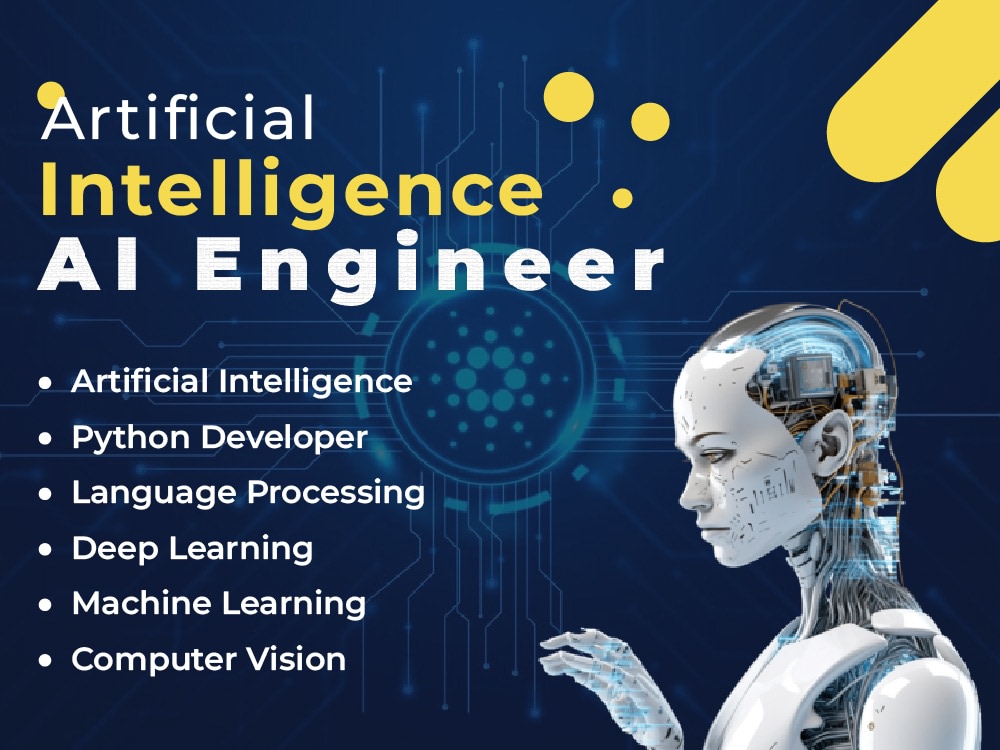At the same time, the rise of AI, cloud, and digital transformation projects is creating a surge in short-term, high-value IT contracting opportunities. For professionals who want to stay ahead, this means a mindset shift: moving from seeking traditional security to embracing flexibility, entrepreneurship, and specialized expertise.
Why “Permanent” is No Longer Permanent
Frequent Layoffs: Even tech giants and federal agencies occasionally restructure. Projects end, budgets get cut, and positions disappear.
Rapid Skill Evolution: AI, cloud, and cybersecurity skills can become outdated quickly. Staying tied to one permanent role may limit growth.
Project-Based Nature of Modern IT: Many initiatives—cloud migrations, AI pilots, ERP implementations—are temporary by design. Organizations naturally hire contractors to fill these gaps.
This reality shows that the perceived security of a permanent job is often an illusion, making contracting a practical and lucrative alternative.
Contracting vs Permanent: Benefits Compared
Aspect | Permanent Role | Contract Role | Reality in Today’s IT Industry |
Income | Stable, but often lower | Higher hourly rates ($90–$120/hour+ for AI/IT projects) | Contractors can out-earn permanent staff, especially in specialized tech areas |
Job Security | Perceived stability | Project-based | Permanent roles can disappear; contracts can be diversified across clients |
Benefits | Employer-paid health, pension, vacation | Self-managed | Contractors can choose private health insurance, RRSP/TFSA, and enjoy more control over finances |
Career Growth | Internal promotions | Diverse projects, specialized roles | Contractors gain faster exposure to cutting-edge tech and multiple industries |
Skills & Learning | Risk of stagnation | Must constantly upskill | Contractors are incentivized to stay ahead of AI, cloud, and cybersecurity trends |
Flexibility | Fixed schedule and location | Choose projects, hours, and clients | Contractors can align work with lifestyle goals and personal priorities |
Mindset Shift: From Job Security to Career Security
To succeed as a contractor, you need to see yourself as a business:
Entrepreneurial Thinking: You are “XYZ Consulting Inc.,” not just an employee.
Diversify Clients: Relying on one employer is risky; multiple contracts reduce downtime.
Continuous Learning: AI, cloud, and cybersecurity skills are in high demand—invest in certifications and training.
Networking Over Office Politics: Your reputation and relationships determine your next contract.
Case Study: John vs. John Inc.
John, Permanent IT Manager in Ottawa
Salary: $120,000/year (~$60/hour)
Benefits: Pension, health coverage, vacation
Role: Internal IT operations
Reality: Layoffs, budget cuts, and role changes are always possible
John Inc., Independent IT ContractorIncorporates federally and registers with staffing firms
Lands 12-month federal AI project at $110/hour
Annual Earnings: ~$220,000 before expenses
Expenses Deducted: Laptop, home office, training (~$20,000)
Net Business Income: ~$200,000
Career Path: Moves from AI governance to cloud migration to cybersecurity projects—building a diverse portfolio
Reality: While contracts can end, having multiple clients and specialization reduces risk and increases income potential
Mitigating the Risks of Contracting
Income Gaps: Keep a 3–6 month financial buffer; diversify clients.
No Employer Benefits: Buy private insurance and contribute to RRSP/TFSA.
CRA Personal Service Business (PSB) Rules: Avoid working like an “employee in disguise” by having multiple clients, controlling your hours, and using your own tools.
Skill Obsolescence: Invest regularly in AI, cloud, cybersecurity, and agile certifications.
Administrative Load: Use an accountant and digital tools to handle invoicing, taxes, and incorporation paperwork.
Final Thoughts
In today’s tech world, permanent jobs are no longer the safest option. Layoffs, automation, and fast-moving technologies make the concept of job security increasingly illusory.
Contracting is not just a career alternative—it’s a strategic move. It offers higher earnings, exposure to cutting-edge AI projects, flexibility, and career resilience. The key is a mindset shift: from seeking perceived job security to building real career security through entrepreneurship, skills, and networks.
For IT professionals in Canada, adapting to the contracting model isn’t just about pay—it’s about future-proofing your career in a rapidly changing AI-driven world.
